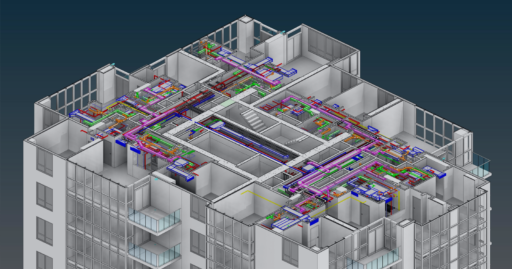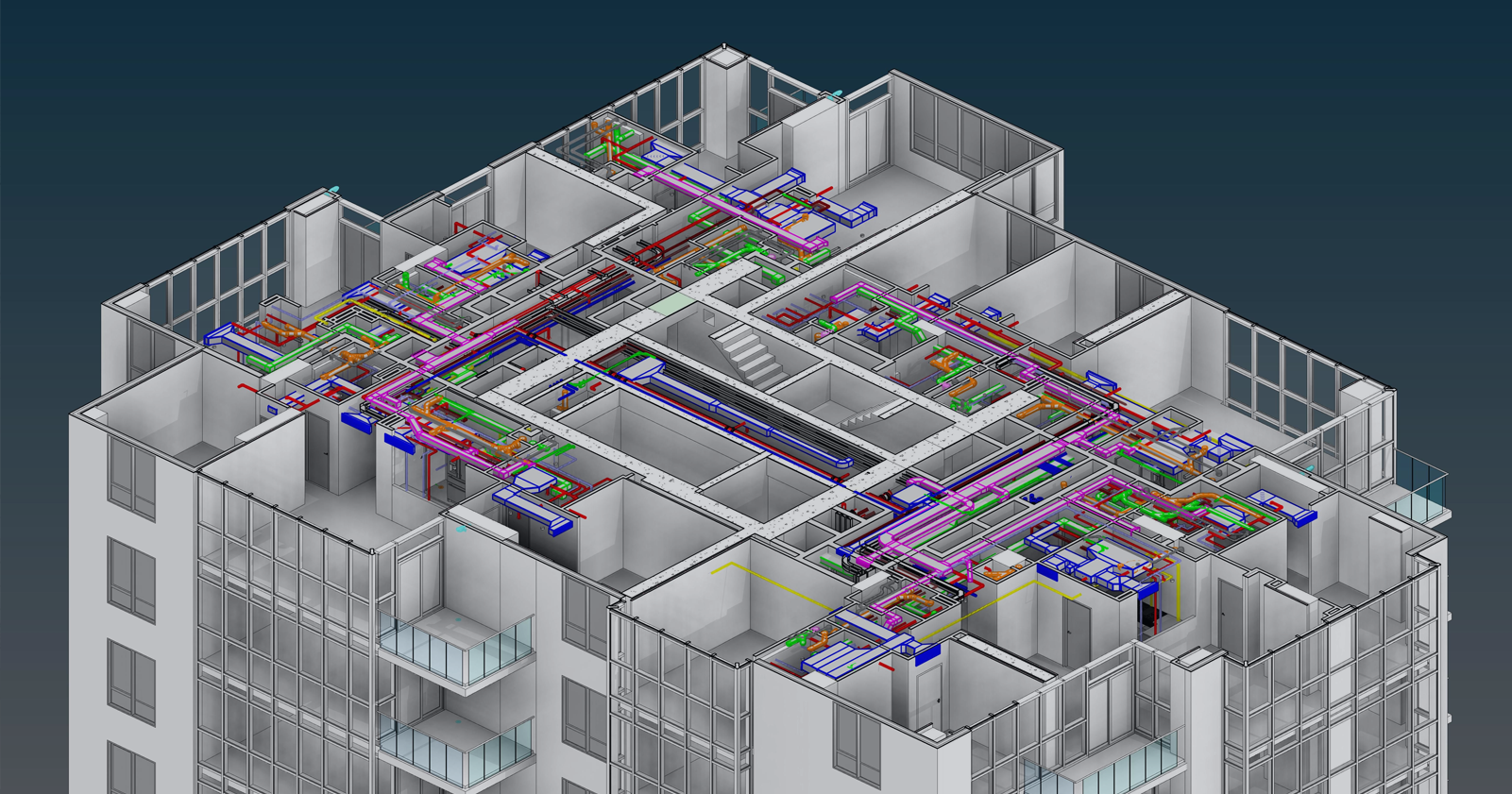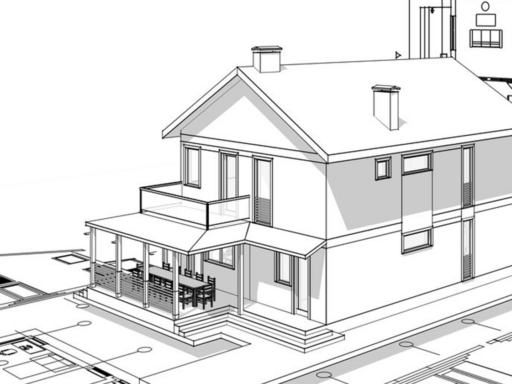BIM coordination, short for Building Information Modeling coordination, refers to the process of systematically managing and resolving potential clashes, conflicts, or inconsistencies in a construction project’s digital models. In a BIM environment, where various disciplines create their models (such as architectural, structural, and MEP models), coordination is essential to ensure that all elements fit together seamlessly and meet the project requirements.
Key aspects of BIM coordination include:
- Clash Detection: Using specialized software, clashes or conflicts between different models are identified. These clashes can occur when elements from different disciplines occupy the same space or interfere with one another.
- Conflict Resolution: Once clashes are detected, the project team works collaboratively to resolve these issues. This may involve adjusting the design, modifying components, or reconfiguring systems to ensure that everything fits together cohesively.
- Collaboration: BIM coordination encourages interdisciplinary collaboration. Project stakeholders, including architects, engineers, contractors, and subcontractors, work together to address coordination challenges and achieve a more integrated and optimized design.
- Data Sharing: BIM coordination involves sharing and integrating data from various sources, ensuring that everyone involved in the project has access to the most up-to-date and accurate information.






